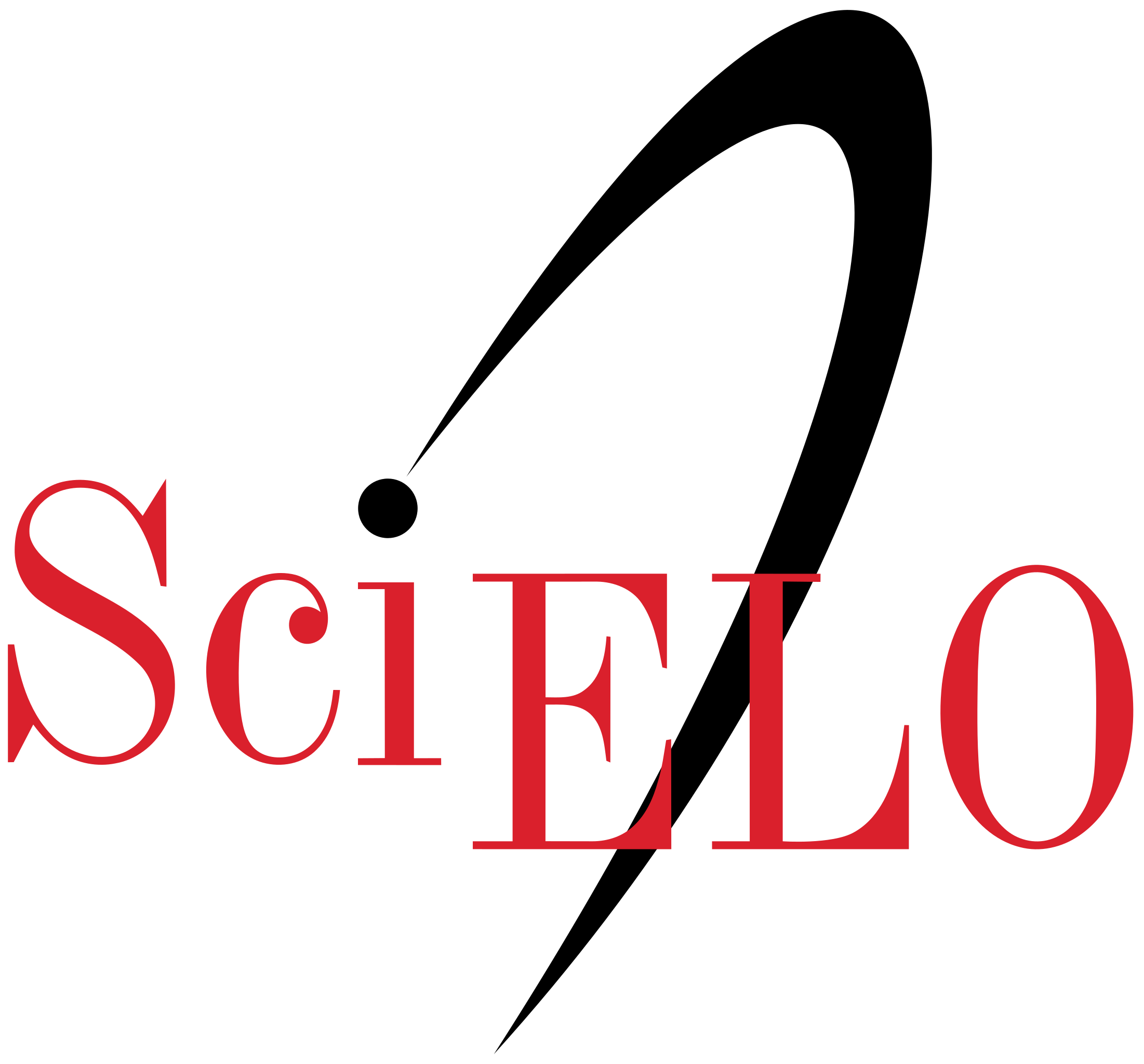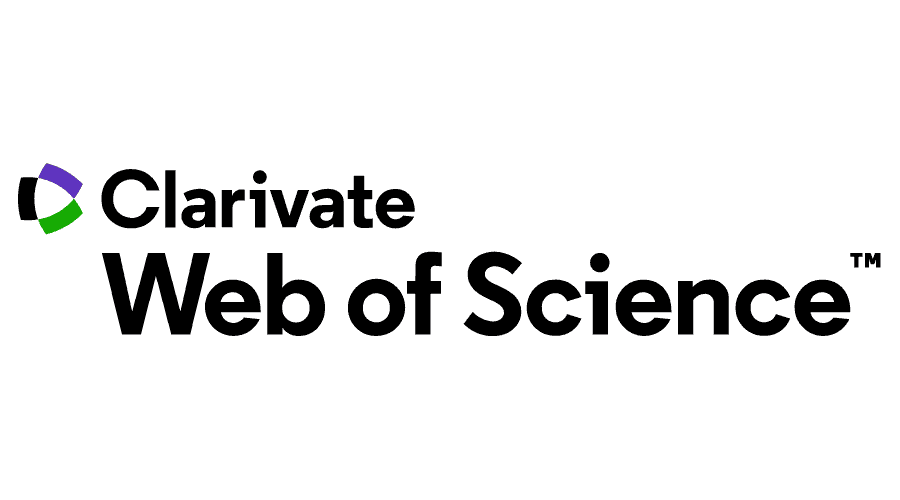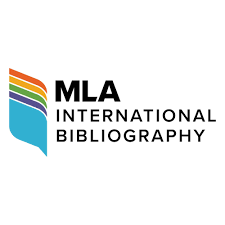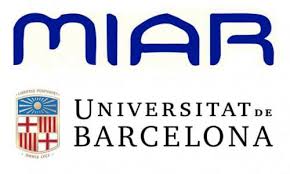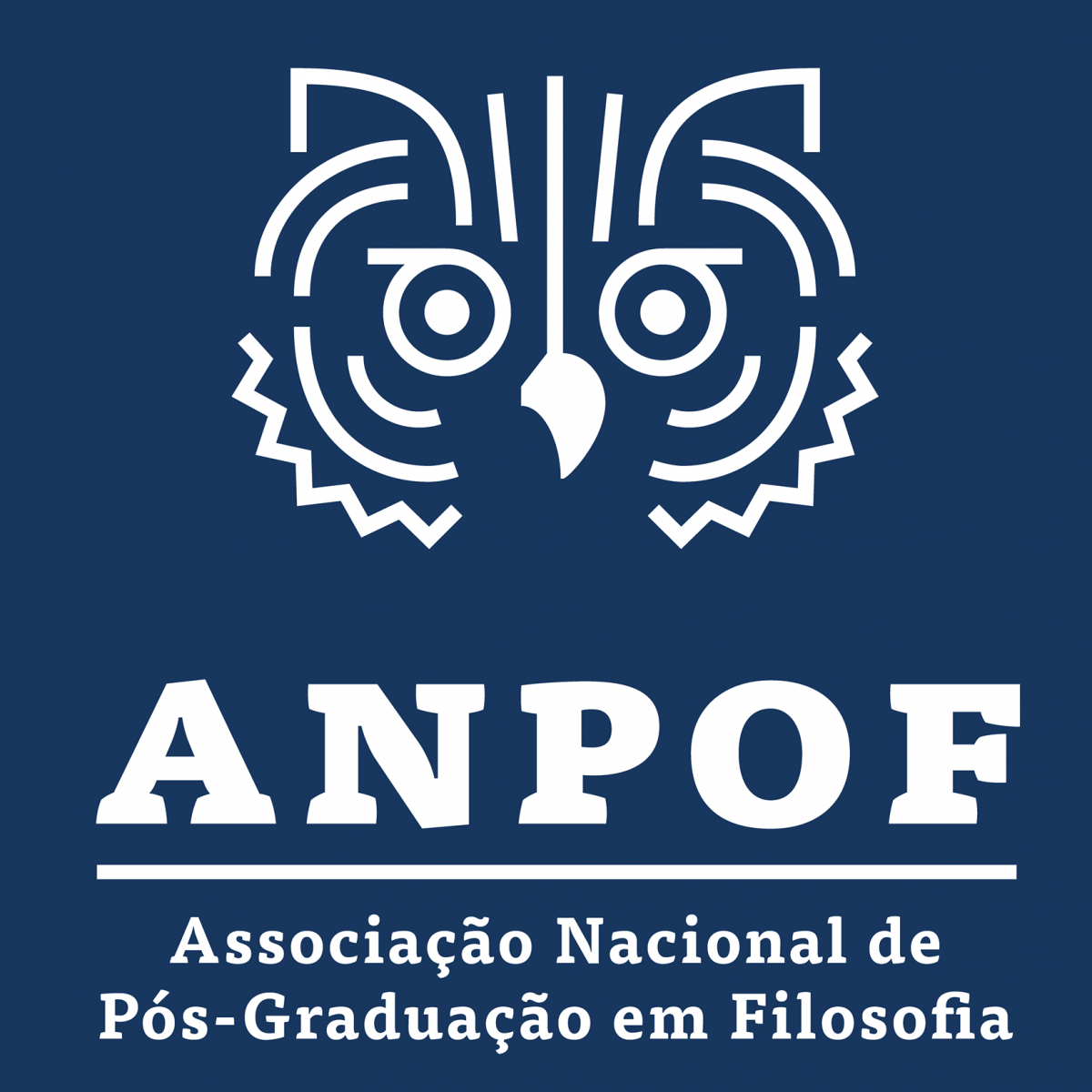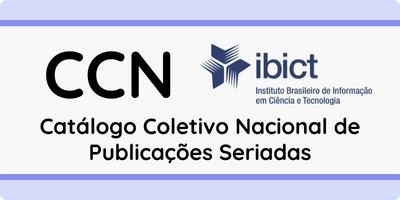ON LANGUAGE AROUND 1916
WALTER BENJAMIN’S CRITIQUE OF THE YOUNG HEIDEGGER’S HABILITATION THESIS
Keywords:
language, meaning, scholasticism, phenomenologyAbstract
This paper intends to analyze Walter Benjamin’s critique
of Heidegger’s habilitation thesis Duns Scotus’s Doctrine of Categories and
Meaning. This objective will be carried out from a contrast between Heidegger’s
thesis and the essay that Benjamin writes at the same time entitled On Language
as Such and on the Language of Man. Likewise, the reasons that lead Benjamin
to critically comment on Heidegger’s thesis will be studied from two perspectives:
the problem of translation and the Heideggerian recovery of Neo-Kantianism.
Considering the rehabilitation of scholasticism and phenomenology at the
beginning of the 20th century, an attempt will be made to reconstruct an
implicit debate between the authors around 1916 to account for the distance
between Heidegger’s logical conception of language and Benjamin’s theological
conception of language.
References
ADORNO, W. T. “Sobre Walter Benjamin”. Madrid: Cátedra, 1995.
______ . “Notas sobre literatura”. Madrid: Akal Edición de bolsillo, 2003, pp. 429-472.
ARENDT, H. “Hombres en tiempos de oscuridad”. Trad. C. Ferrari. Barcelona: Gedisa, 1990, pp. 139-191.
ARENDT, H. y HEIDEGGER, M. “Correspondencia 1925-1975”. Barcelona: Herder, 2000.
BENJAMIN, A. y VARDOULAKIS, D. (eds.). “Sparks Will Fly. Benjamin and Heidegger”. Albany: SUNY Press/State University of New York Press, 2015.
BENJAMIN, W. “Briefe I”. Herausgegeben von G. Scholem und T. W. Adorno. Frankfurt am Main: Suhrkamp, 1978.
______ . “Gesammelte Schriften” (GS). Bände II-VII. Herausgegeben von R. Tiedemann und H. Schweppenhäuser. Frankfurt am Main: Suhrkamp, 1991.
______ . “Obras”. Libro II, vol. 1. Edición de R. Tiedemann y H. Schweppenhäuser con la colaboración de T. W. Adorno y G. Scholem. Edición española de J. Barja, F. Duque y F. Guerrero. Trad. J. Navarro Pérez. Madrid: Abada, 2007, pp. 144-175.
______ . “Obras”. Libro IV, vol. 1. Edición de R. Tiedemann y H. Schweppenhäuser con la colaboración de T. W. Adorno y G. Scholem. Edición española de J. Barja, F. Duque y F. Guerrero. Trad. J. Navarro Pérez. Madrid: Abada, 2010, pp. 7-22.
______ . “Obras”. Libro VI. Edición de R. Tiedemann y H. Schweppenhäuser con la colaboración de T. W. Adorno y G. Scholem. Edición española de J. Barja, F. Duque y F. Guerrero. Trad. A. Brotons Muñoz. Madrid: Abada, 2017.
BOLLE, W. y GALLE, H. (comps.). “Blickwechsel: Akten des XI. Lateinamerikanischen Germanistenkongresses”. São Paulo: Monferrer/Edusp.
DEMMERLING, C. “Frankfurter Schule. Faszinierte Distanz: Benjamin, Horkheimer, Adorno, Habermas”. En: D. Thomä (Hrsg.), 2013, pp. 374-381.
FENVES, P. “The Messianic Reduction. Walter Benjamin and the Shape of Time”. California: Stanford University Press, 2011.
GASCHÉ, R. “Saturnine Vision and the Question of Difference: Reflections on Walter Benjamin›s Theory of Language”. Studies in 20th & 21st Century Literature, Vol. 11, Nº 1, 1986, pp. 69-90.
GIULIANI, M. “Histoire, langage et art chez Walter Benjamin et Martin Heidegger”. París: Klincksieck, 2014.
HEIDEGGER, M. “Die Kategorien - und Bedeutungslehre des Duns Scotus”. En: Gesamtausgabe 1 (GA 1). Herausgegeben von F. W. von Herrmann. Frankfurt am Main: Vittorio Klostermann, 1978, pp. 189-412.
______ . “Ontologie. Hermeneutik der Faktizität”. En: Gesamtausgabe 63 (GA 63). Herausgegeben von K. Bröcker-Oltmanns. Frankfurt am Main: Vittorio Klostermann,1988.
HEIDEGGER, M. y RICKERT, H. “Briefe 1912 bis 1935 und andere Dokumente”. Herausgegeben von A. Denker. Frankfurt am Main: Vittorio Klostermann, 2002.
HODGE, J. “Sobriety, Intoxication, Hyperbology: Benjamin and Heidegger Reading Hölderlin”. En: A. Benjamin y D. Vardoulakis (eds.), 2015, pp. 189-216.
IBARLUCÍA, R. “Sein-Zeit und Jetztzeit: Benjamins Kritik an Heidegger in neuer Perspektive”. En: W. Bolle y H. Galle (comps.), 2005, pp. 279-292.
LYNE, I. “The Temporality of Language: Kants Legacy in the Work of Martin Heidegger and Walter Benjamin”. Coventry (UK): University of Warwick, 1995.
MANTAS ESPAÑA, P. “La «conclusión» de la tesis de habilitación de Heidegger. Traducción y comentario”. Cauriensia, Vol. VII, 2012, pp. 451-474.
MAINERO, J. “De Intentione”. Anuario de Estudios Filológicos, 25, 2002, pp. 253-268.
NAISHTAT, F. “La noción de tiempo histórico en los jóvenes Heidegger y Benjamin”. Actas de la II Jornadas Walter Benjamin, Universidad Nacional de La Plata, Ensenada, 2018.
OBERST, J. “Heidegger on language and death”. Great Britain: Continuum, 2009.
PÉREZ-ESTÉVEZ, A. “De Duns Escoto a Martin Heidegger”. Revista Española de Filosofía Medieval, 13, 2006, pp. 129-142.
RUIN, H. “Origin in Exile: Heidegger and Benjamin on Language, Truth and Translation”. Research in Phenomenology, Vol. 29, 1999, pp. 141-160.
SCHOLEM, G. “Conceptos básicos del judaísmo”. Trad. J. L. Barbero. Madrid: Trotta, 2008.
SCHWARZ WENTZER, T. “Hat das Sein einen Namen? Der philosophiegeschichtliche Ort Walter Benjamins”. Philosophische Rundschau, Vol. 46, N° 1, 1999, pp. 1-22.
SPARKS, S. “Fatalities: Truth and Tragedy in texts of Heidegger and Benjamin”. Coventry (UK): University of Warwick, 1999.
THOMÄ, D. (Hrsg.). “Heidegger Handbuch. Leben-Werk-Wirkung”. Stuttgart/Weimar: J. B. Metzler, 2013.
WEBER, S. “Benjamin›s – abilities”. Cambridge/Massachusetts/London: Harvard University Press, 2008.
Downloads
Published
Issue
Section
License
Copyright (c) 2024 Revista Kriterion

This work is licensed under a Creative Commons Attribution 4.0 International License.


